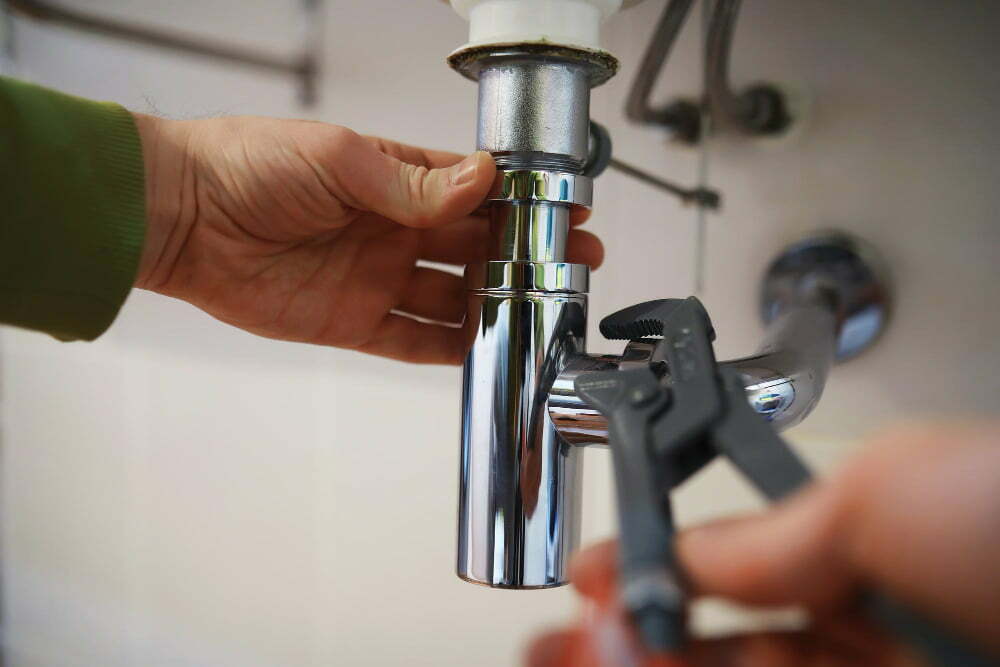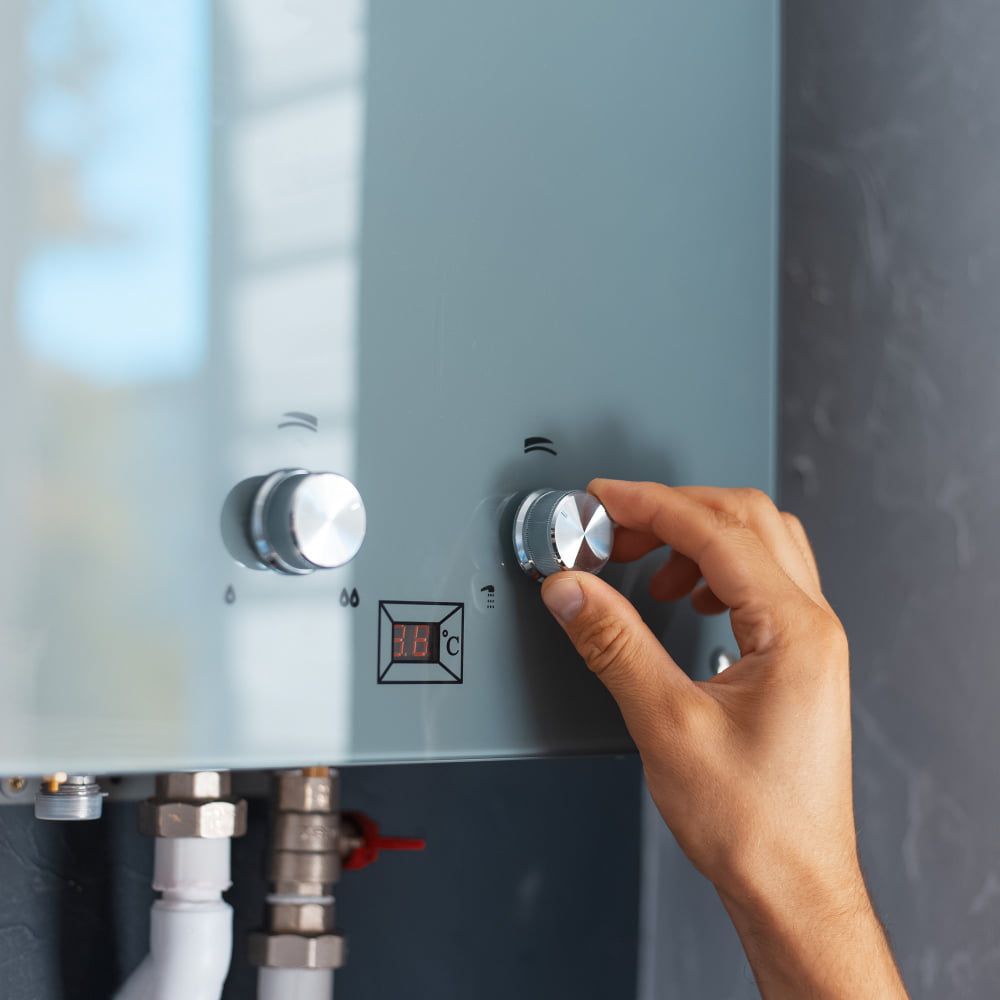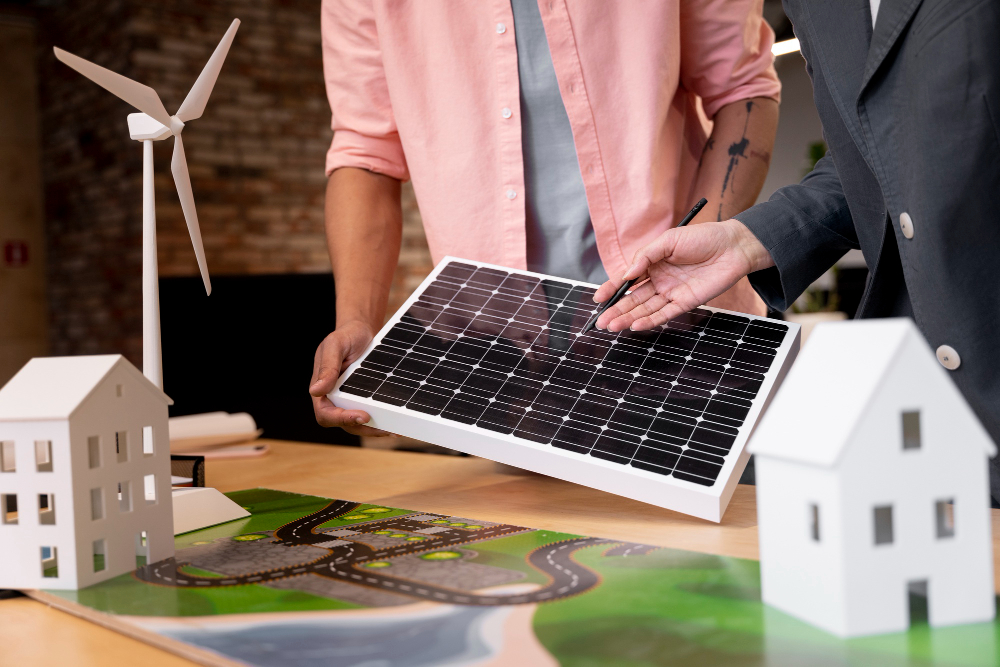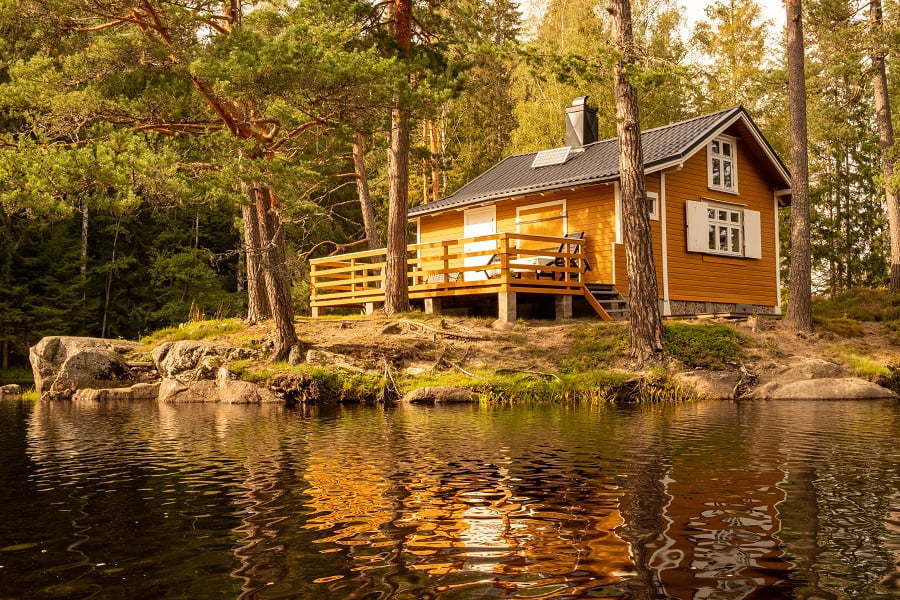Last updated on
Water is essential to life, and today more than ever it’s important for us all to be mindful of our water usage. Whether you live in a place with severe droughts or an area with plenty of rain, conserving water should be a priority.
Luckily, there are so many easy ways that you can cut back on your home’s water consumption. In this blog post, we’ll cover some top tips to help you reduce your household’s water usage and make every drop count!
Install a Rainwater Collection System

Installing a rainwater collection system is one of the most effective ways to reduce your water consumption at home. Rainwater catchment systems allow you to capture precious precipitation from your roof and store it in a cistern or other container for later use.
This stored water can be used for all kinds of purposes around your house, such as watering plants, flushing toilets, and doing laundry. Plus, you’ll be helping to conserve this precious resource while also saving money on your water bill.
If you live in an area with a dry climate, rainwater collection systems are even more important as it helps reduce the strain on local water supplies. Before installing a system of your own, check to see if there are any restrictions or permits required in your area. With the proper setup, you can be sure to make every drop of rain count!
Take Shorter Showers

Water is one of the most precious resources on the planet and yet many of us take it for granted. For instance, in the UK each person typically uses about 142 litres of water per day, which is a staggering amount. One simple way to reduce our individual water consumption is by taking shorter showers and replacing our showerhead with a low-flow model.
The average shower can use up to 17 liters of water per minute, so taking a shorter shower can make a significant difference in the amount of water we use. By opting for a low-flow showerhead, we can reduce the amount of water we use while still enjoying a refreshing and invigorating shower. Plus, it’s a small step that can have a big impact on our planet.
Add Aerators to Your Faucets

Adding aerators to your faucets is an easy way to reduce the amount of water you use while still having enough pressure for daily tasks. Aerators are small devices that can be attached to the end of a faucet and help regulate the flow of water.
Standard aerators use about 1 gallon per minute, which is much less than regular faucets. They are also relatively inexpensive and easy to install, making them the perfect solution for those who want to reduce their home’s water consumption without sacrificing functionality.
Additionally, aerators are non-intrusive and can be easily removed if you decide you don’t like them. By adding aerators to your faucets, you can save money on your water bill and help conserve this precious resource.
Fix Any Leaks in Toilets or Pipes

A leaking toilet can waste up to 200 gallons of water per day, while a single dripping faucet can waste thousands of gallons of water per year. This not only increases your water bill but also puts a strain on the environment.
Apart from being an inconvenience to your daily life, the constant sound of dripping water can also drive you insane. Therefore, ensure that all leaks in your home or facility are fixed promptly.
Not only will it save you money, but it will also help conserve the earth’s precious resources. The importance of fixing leaks cannot be emphasized enough, and it’s a responsibility that all of us should prioritize.
Replace Your Appliances with Energy Star Models
Investing in Energy Star appliances can be a great way to reduce your water consumption while also saving money on energy bills. These models have been designed to use less water per cycle while still providing the same level of performance as regular appliances.
For instance, a washing machine with an Energy Star label uses about 40% less water than a standard model and can save up to 10,000 gallons of water in a year. Similarly, an Energy Star dishwasher can use up to 40% less water than traditional models and reduce the amount of energy needed for each cycle by more than 20%.
The savings on your utility bills can really add up over time, plus you’ll be doing your part to conserve this precious resource. Replacing old appliances with energy-efficient models is one of the easiest ways to reduce your water consumption and make every drop count.
Install Smart Irrigation Systems
Installing a smart irrigation system is one of the best ways to reduce your water consumption while still maintaining a lush and beautiful lawn or garden. These systems are designed to automatically adjust watering times based on weather patterns, soil type, vegetation needs, and other factors.
This ensures that your plants get just the right amount of water at all times without any manual intervention. Many smart irrigation systems also come with sensors that measure water levels in the soil and adjust watering accordingly. This way, you never have to worry about over-watering or wasting this precious resource.
Smart irrigation systems can save up to 50 percent on your water bill, plus they’re easy to install and maintain. Investing in a smart irrigation system is one of the most cost-effective ways to reduce your water consumption and help preserve this precious resource.
Water is a precious resource and one that we must protect for future generations. By taking simple steps such as installing rainwater collection systems, using low-flow showerheads, adding aerators to faucets, fixing any leaks in toilets or pipes, replacing appliances with energy-star models, and investing in smart irrigation systems, we can significantly reduce our water consumption while also doing our part for the environment.
Making small changes to our daily routines can make a big difference in conserving this precious resource, so let’s all do what we can to make sure every drop of water counts!
Related reading:
Table of Contents





